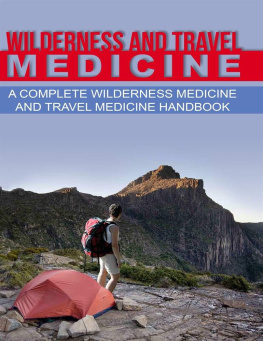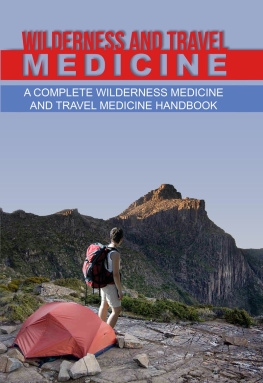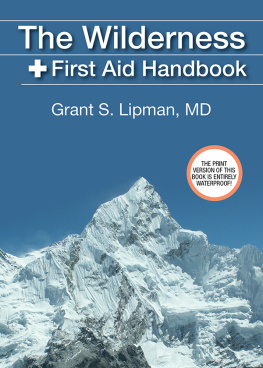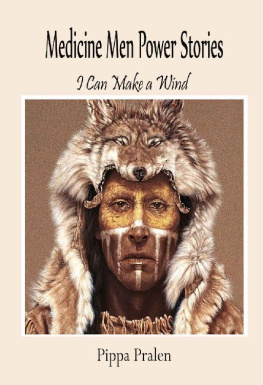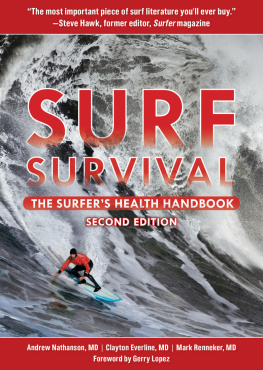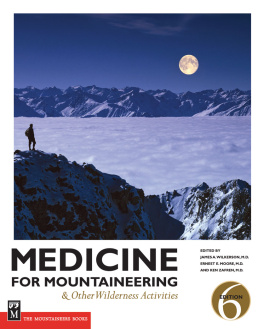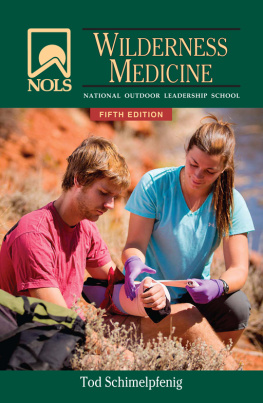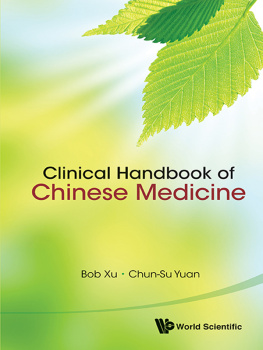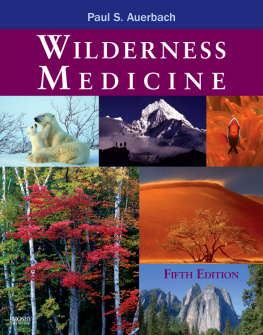Fury - Wilderness and travel medicine : a complete wilderness medicine and travel medicine handbook
Here you can read online Fury - Wilderness and travel medicine : a complete wilderness medicine and travel medicine handbook full text of the book (entire story) in english for free. Download pdf and epub, get meaning, cover and reviews about this ebook. year: 2015, publisher: CreateSpace, genre: Children. Description of the work, (preface) as well as reviews are available. Best literature library LitArk.com created for fans of good reading and offers a wide selection of genres:
Romance novel
Science fiction
Adventure
Detective
Science
History
Home and family
Prose
Art
Politics
Computer
Non-fiction
Religion
Business
Children
Humor
Choose a favorite category and find really read worthwhile books. Enjoy immersion in the world of imagination, feel the emotions of the characters or learn something new for yourself, make an fascinating discovery.
Wilderness and travel medicine : a complete wilderness medicine and travel medicine handbook: summary, description and annotation
We offer to read an annotation, description, summary or preface (depends on what the author of the book "Wilderness and travel medicine : a complete wilderness medicine and travel medicine handbook" wrote himself). If you haven't found the necessary information about the book — write in the comments, we will try to find it.
A Minimalist Approach to Wilderness Medicine, Travel Medicine, Survival Medicine and Home Remedies
Whether it is first aid, wilderness medicine, travel medicine, survival medicine or home remedies, different scenarios call for different treatments, and Wilderness and Travel Medicine: : A Complete Wilderness Medicine and Travel Medicine Handbook will prepare you for all of them.
Note: Although this book has a minimalist approach, there is A LOT of information covering a VERY wide range of ailments.
A Comprehensive Wilderness and Travel Medicine Handbook With a Minimalist Approach
* Diagnoses and treatments for a very wide range of injuries, illnesses and scenarios.
* How to improvise what you need when modern medicine is not available.
* Pharmaceuticals, medicinal plants, veterinary substitutes and other alternative remedies.
* Preventative methods so you dont get sick/injured in the first place.
* Safe use and dosage instructions for suggestion medications.
* Sample minimalist travel-safe first aid kit.
Information for Each Condition Contains
* A brief description.
* Symptoms that may be experienced.
* Appropriate treatment(s) for the condition depending on the situation.
* Other supplementary information may also be included where applicable, e.g., causes, prevention, alternative/natural remedies, possible complications.
... and much, much more!
Get your copy of Wilderness and Travel Medicine NOW and be prepared for any medical situation!
For ease of use, Wilderness and Travel Medicine is split into two parts.
Part I is Must Read information covering:
* Anatomy: This is a basic rundown of how the bodys systems work individually and as a whole. Knowing this will make diagnoses and treatments easier.
* Prevention Medicine: Prevention is the best cure. This chapter is useful information about how to avoid getting sick and/or injured in the first place.
* First Aid Kit: An inventory and simple explanation of a suggested minimalist first aid kit for travelers.
* Medications Guide: Important information on the safe use of the medications referred to in this book.
* Immediate First Aid: Contains the information needed on what to do medically in immediate, life threatening situations.
* Secondary Exam: A secondary exam will help you to make an accurate medical diagnosis.
* Moving a Patient: A variety of methods to safely move a patient.
Part II is all the diagnoses and treatments, which are uniquely categorized by cause and/or body area to enable quick searching.
* Environmental:Travel and tropical related diseases (malaria, yellow fever etc.), cold injuries, heat illnesses, animal attacks, insects, allergies, altitude, scuba, marine life, toxic plants, jetlag etc.
* Head: Headaches, brain injuries, ear infections, eye infections, sinus infections, dental issues etc.
* Circulation: Shock, dehydration, diabetes etc.
* Digestive: diarrhea and dysentery, travelers diarrhea, constipation, alcohol, food poisoning, nausea and motion sickness, worms, salmonella etc.
* Genitourinary: Sexually transmitted diseases, pregnancy, UTIs etc.
* Integumentary: Skin disorders, nail injuries, splinters, chicken pox etc.
* Musculoskeletal: Sprains, strains, fractures, dislocations, amputation etc.
* Respiratory: Asthma, strep-throat, bronchitis, cold and flu, pneumonia etc.
... and much, much more!
Get your copy of Wilderness and Travel Medicine NOW and be prepared for any medical situation!
Fury: author's other books
Who wrote Wilderness and travel medicine : a complete wilderness medicine and travel medicine handbook? Find out the surname, the name of the author of the book and a list of all author's works by series.

